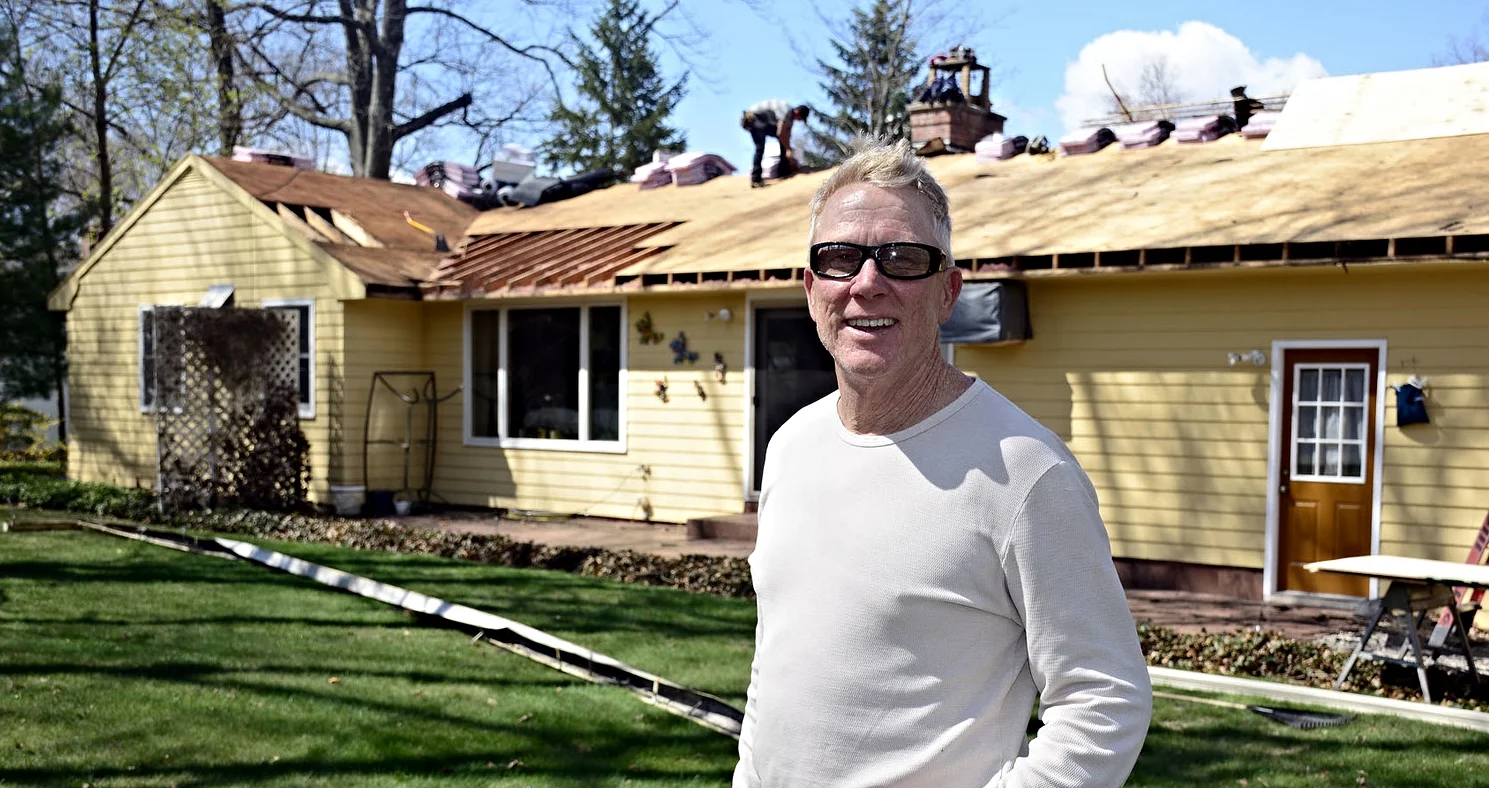Upgrade Your Gutters For Less Maintenance Year Round
Chelsea O'Donnell
While most people think about gutter cleaning in the autumn, the falling of spring blossoms can cause serious clogging that creates overflows and inadequate rainwater drainage.
Gutters have come a long way in the past few years. Back when many of the homes in this area were built, open gutters were used to collect rain off the roof and deposit it onto the ground through a system of downspouts. Open gutters, however, allow not only water but leaves, whirlybirds, blossoms, and sticks to also fall into the gutter, blocking them and eventually causing overflow without regular removal.
Gutter cleaning keeps me busy, mainly because it’s a dirty job that can also be dangerous if you’re not used to working on a ladder. Luckily, over the past few years, gutter manufacturers have smartened up, creating shields to install over your current gutters, as well as closed gutter systems that can replace your current setup.
Gutter guards come in a variety of materials and sizes, but they are all designed to maximize water flow while keeping tree debris out of the channel. The least expensive option is steel mesh screens which slide in and sit above the gutter lip itself. The arch design helps to ensure that debris can’t get stuck in the back of the gutter and they generally come with a five-year warranty against rusting or corrosion.
A step up from mesh screens is a heavy-duty aluminum option that can be fitted from the front and back, avoiding the need to remove roof shingles for installation. These products come with a ripple design to prevent leaves from drying on the surface and they are generally backed by a 20-year warranty so you don’t have to worry about replacing them often. I like these because the design strengthens the gutter which comes in very handy during major snowstorms when many homes in the area suffer from heavy and dangerous ice dams.
Finally, there is Leaf Relief, a heavy aluminum gutter shield that can drain nearly 30 inches of rainfall in one hour, which is 15 inches more than the highest rainfall ever recorded (for inquiring minds, that’s 12 inches in one hour in Holt, Missouri). For homeowners who want no maintenance, this is the gutter product for you. The 25-year no-clog, no-overflow warranty gives it the same lifespan as a new roof and the inset design makes it invisible from the road. Best of all, dry debris blows away with only a six-mile-per-hour breeze.
No matter what type of gutter guard you choose, you want to make sure that it’s the best product for your home. While any gutter guard will reduce debris getting into your gutter, the right guard will depend on the trees in the area, how much rainfall you get, the position of your house, and the size and age of your current gutters. Once those factors are taken into consideration and the appropriate product is chosen, you can say goodbye to messy cleaning and enjoy less maintenance at your home.
Bob O’Donnell is the owner of O’Donnell Bros. Inc., a Bristol-based home improvement company established in 1975. Email your questions for Bob to info@odonnellbros.com with the subject line “Ask the Pro.” All questions may be considered for publication. To contact Bob for your remodeling needs, call O’Donnell Bros. Inc. at (860) 589-5155 or visit http://www.odonnellbros.com. Advice is for guidance only.
